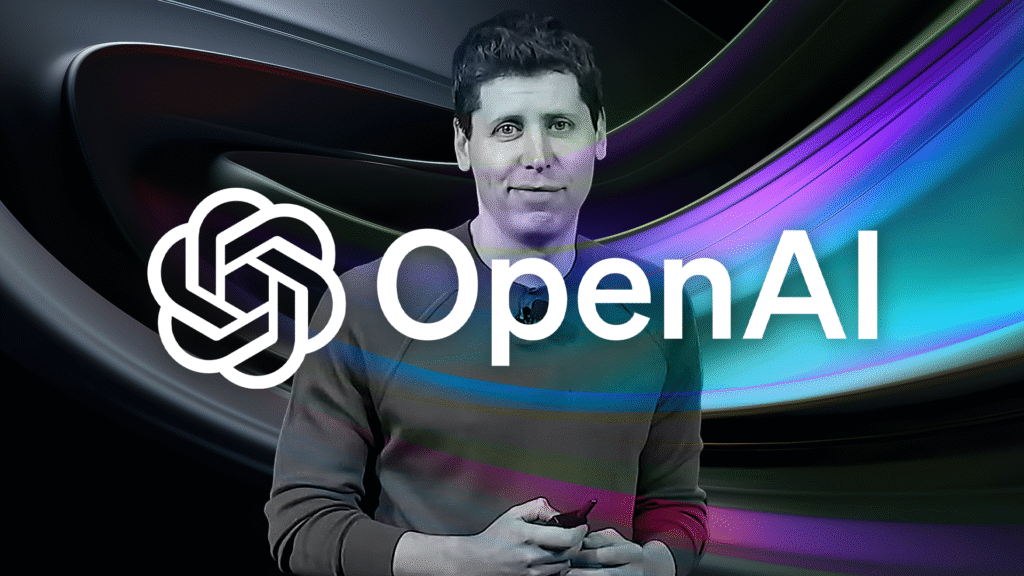OpenAI has decided to restore access to GPT-4o for its paying subscribers following significant user feedback regarding the recent introduction of GPT-5. Users expressed frustration over the abrupt discontinuation of older models, particularly GPT-4o, which many relied upon for their tasks. The criticisms peaked less than 24 hours after GPT-5’s official launch, leading to an acknowledgment of the situation by OpenAI’s CEO, Sam Altman.
The backlash was primarily aimed at the limitations introduced with GPT-5, including shortened and less precise responses compared to its predecessor. Many users took to social media to voice their displeasure, highlighting the challenges they faced with the new model. In response to these concerns, OpenAI is taking steps to restore GPT-4o access while assessing the feasibility of supporting older models concurrently.
Key Changes and User Control Enhancements
As part of its recovery strategy, OpenAI plans to double the usage limits for GPT-5 Plus subscribers once the rollout is complete. The organization is also working on improving user control over model selection. Future updates will include clearer indications of which model is providing answers, along with an upgraded user interface designed to facilitate manual adjustments in the “mode of thinking.”
Moreover, OpenAI has acknowledged issues with the automatic model-switching feature, known as the carWitcher, which failed to operate as intended. The company aims to enhance transparency measures, allowing users to better manage their AI interactions.
These initiatives come as OpenAI seeks to regain trust following a rocky start for GPT-5. The swift response to community feedback underscores the importance of user satisfaction in the competitive AI landscape, where companies like Anthropic and Google are offering viable alternatives.
In summary, OpenAI’s commitment to restoring access to GPT-4o and improving user experience reflects its recognition of the critical feedback from its community. The ongoing adjustments aim to enhance functionality and transparency while navigating the challenges posed by the competitive AI market.





































































